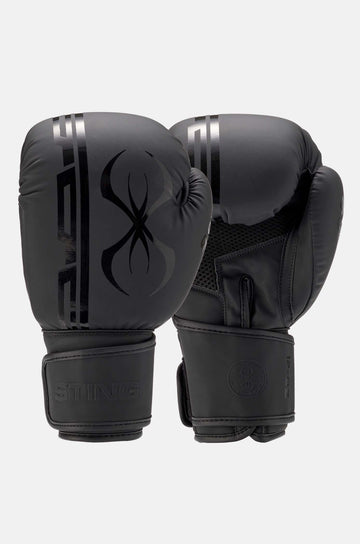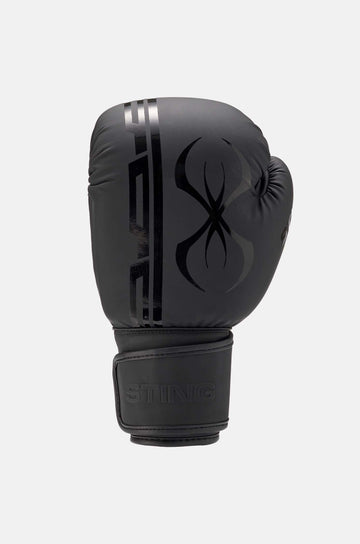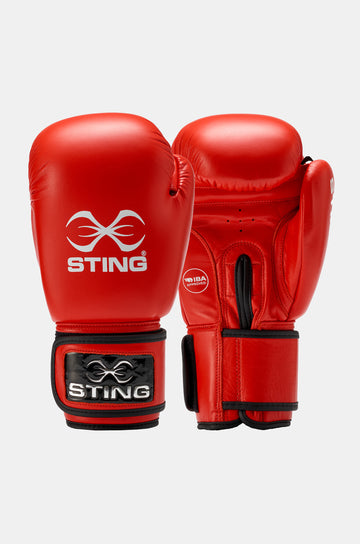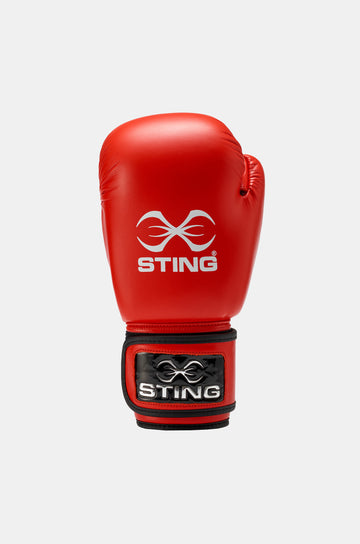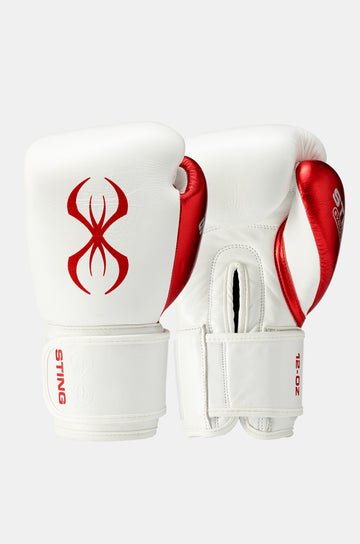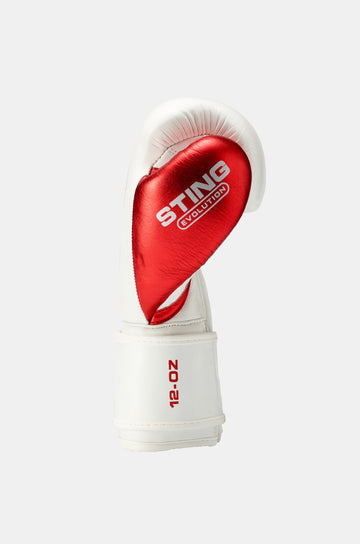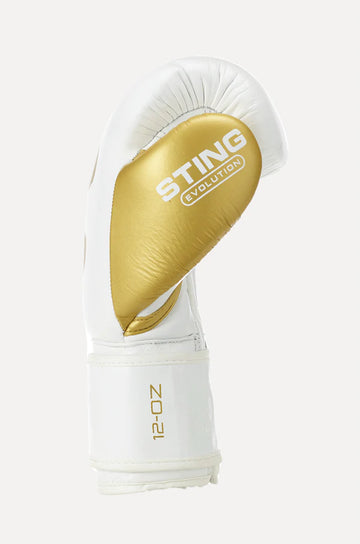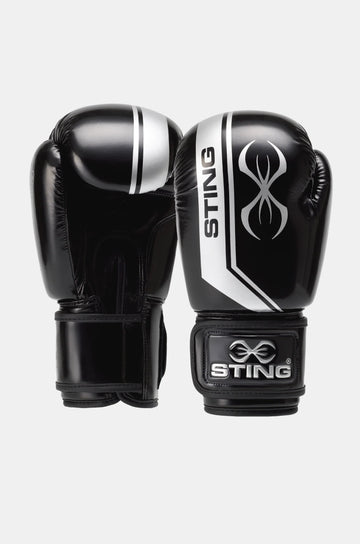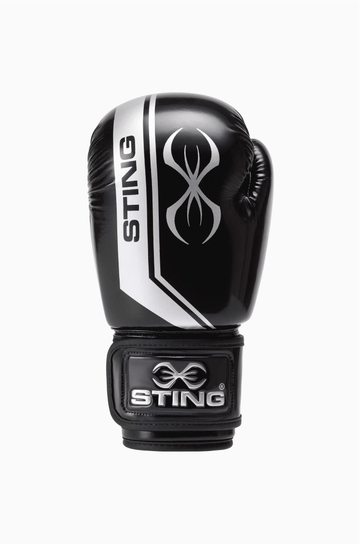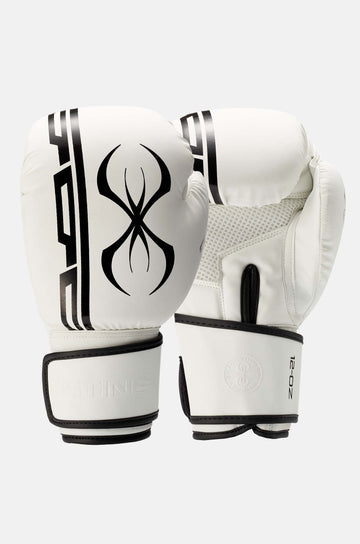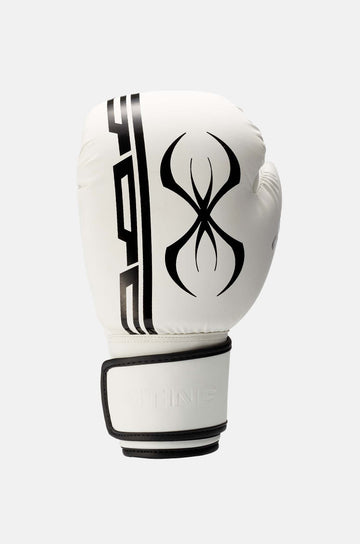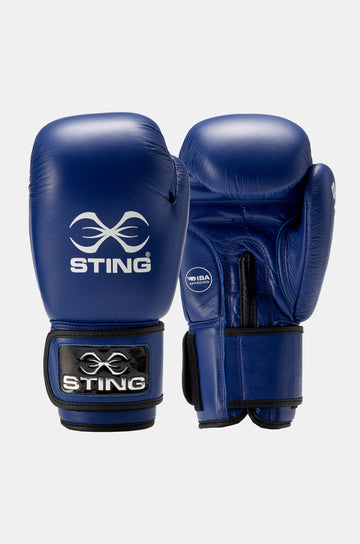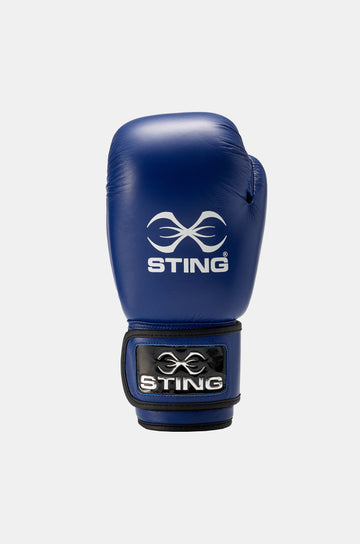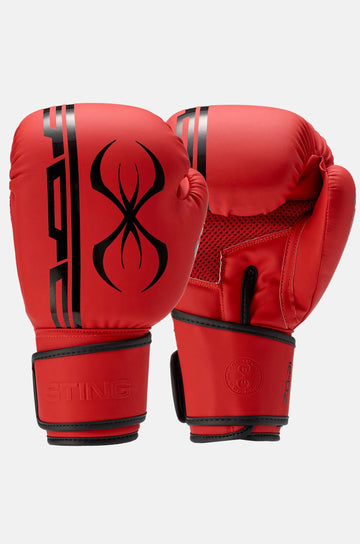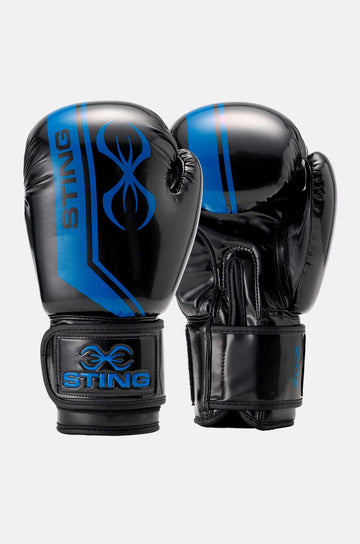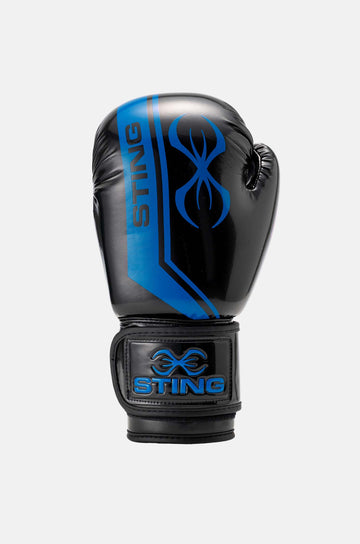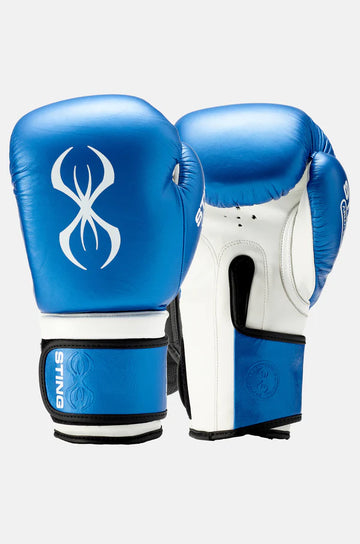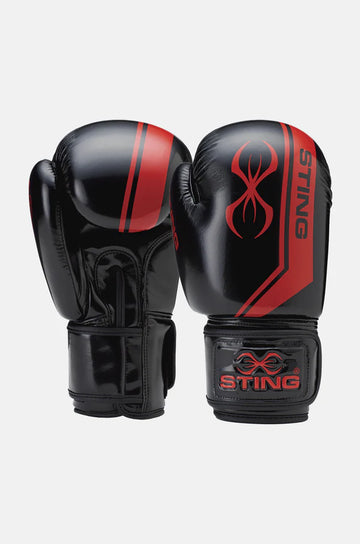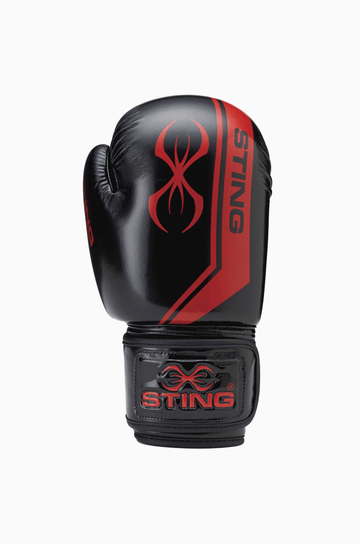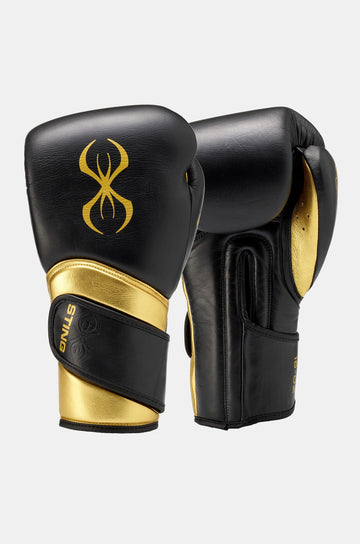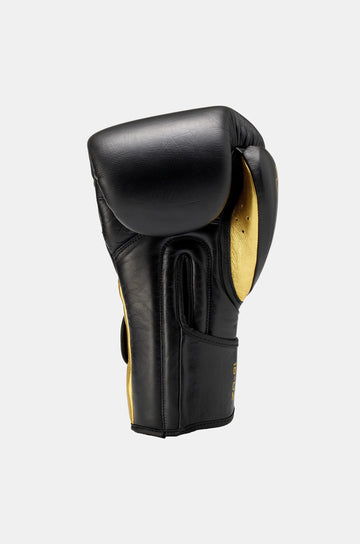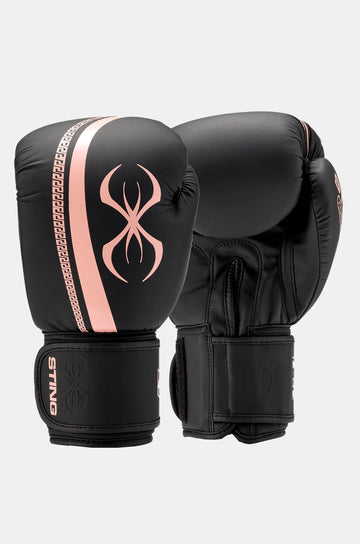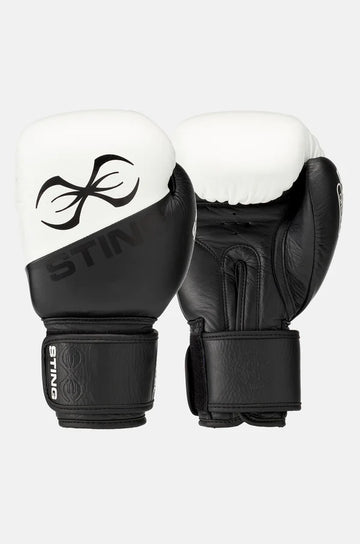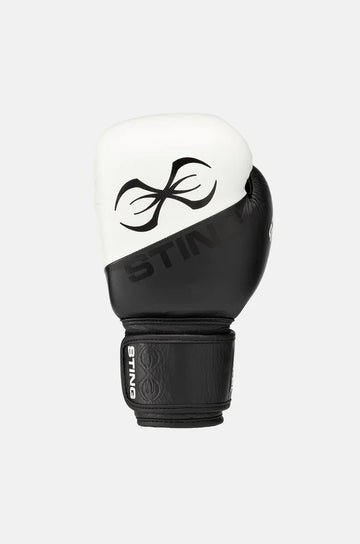Transform Punches into Power: Do Punching Bags Build Muscle?
When you think of boxing, you probably picture a fighter punching a bag. This old-school piece of equipment is synonymous with the sport, and for a good reason, it’s a killer workout. But beyond the obvious cardio benefits, many ask: Does punching bag build muscles? What muscles are used in a punch?
The answer is complicated. Punching bags aren’t typically thought of as muscle-building tools like weights or resistance bands, but they do build punching muscles, just not in the obvious ways. Let’s get into how and which muscles benefit from this.
Muscle Growth
Now before we look at how punching bags help build muscle, let’s first take a look at how boxing muscles are built. Muscle hypertrophy, or muscle growth in simple terms happens when muscles receive tiny injuries during workouts. The body, of course fixes that and, at the same time, builds the muscles into something larger and stronger. There exist direct ways of inducing hypertrophy, for example, through traditional weightlifting, which entails lifting of heavy weights.
But it’s not just weightlifting that builds muscle mass here. In fact, any form of action or movement under which muscles are put into working against some type of resistance can help build muscles. That is why the punching bag might help.
Punching Bags and Muscle Development
Punching bags engage multiple muscle groups. When you hit a bag, you’re not just working your arms; you’re using your entire body to generate force. Here’s how punching bags build muscle:
- Upper Body Strength: The most obvious muscle groups involved when hitting a punching bag are in the upper body. The deltoids (shoulders), pectorals (chest), triceps, and biceps are all engaged as you throw punches. Hitting the bag with power repeatedly can build muscle tone and strength in these areas.
- Core Engagement: A strong punch doesn’t just come from the arms; it comes from the core. The rotational movement of punching engages the obliques, rectus abdominis, and other core muscles. Training with a punching bag consistently can build a stronger, more defined core, which is essential for both boxing and overall fitness.
- Lower Body Activation: While the upper body is more visible, the lower body is just as important. Every punch starts from the ground up so your legs, hips, and glutes are engaged to generate power. Using a punching bag regularly can build muscle tone and strength in these areas and overall muscle.
- Endurance and Muscle Toning: Unlike traditional weightlifting, which is often heavy loads for a few reps, punching bags are high reps with low resistance. This type of training is great for building endurance and toning the muscles rather than adding bulk. Over time, this can lead to leaner, more defined muscles.
Read this article: Does Boxing Build Muscles? Here’s What You Need to Know
Mind-Body Connection
Besides the physical aspect of working a bag, it is a mental and an emotional ordeal as well. High-intensity training can actually be very relaxing since it helps in the release of stress and strain building up inside a person. Quite fairly, the rhythm of punching can become a sort of a therapy for many.
For those patients who suffer from anxiety or stress, it is normal to release the tension, and this way punching bags are useful. This intertwining of mind and body makes the workout less of a chore and more of a counselling session; thus, you will engage in it more and hence develop more muscles.
How to Work a Punching Bag into Your Routine
If you’re thinking of adding a punching bag to your fitness regime, you need to use it in conjunction with other exercises for balanced muscle development. Here’s how to get the most out of your bag work:
- Warm Up Properly: Before you start pounding the bag, warm up your muscles. This can be light cardio, stretching or dynamic exercises like arm circles and leg swings. A proper warm-up prevents injury and gets your muscles ready for the workout ahead.
- Focus on Technique: Effective muscle building with a punching bag is all about technique. Make sure your punches are controlled and you’re using your whole body not just your arms. Engage your core and lower body and your punches will be more powerful and involve more muscle groups.
- Mix it Up: To avoid plateaus and ensure balanced muscle development, mix up your routine. Try different punches and combos. Include jabs, hooks, uppercuts and crosses and vary the intensity and speed. This will keep the muscles guessing and growing.
- Include Strength Training: While punching bags do contribute to muscle development, they won’t replace traditional strength training entirely. Include weightlifting or resistance exercises to target muscle groups more intensely and ensure balanced growth.
- Rest and Recover: As with any workout, rest is key. Your muscles need time to recover and repair after intense sessions. Make sure you’re giving yourself enough recovery time to maximize muscle growth and avoid overtraining.
You can also read this article : is a punching bag good for belly fat
Conclusion
Punching bags aren’t the first thing that comes to mind when it comes to building muscle but they’re a unique and effective way to build strength, endurance and overall fitness. By engaging multiple muscle groups from upper body to core to lower body, a punching bag workout can be part of a well rounded fitness regime.
Working a punching bag into your routine not only helps with muscle development but also mental and emotional benefits, so it’s a valuable addition to any workout. So next time you’re getting ready to work out, try spending some time with a punching bag—you might be surprised at the muscle you build.
But for that, you need good quality boxing equipment, be it boxing gloves, punching bags, or wraps and tapes. For this very reason, head onto Sting Sports for the best quality essentials out there!
